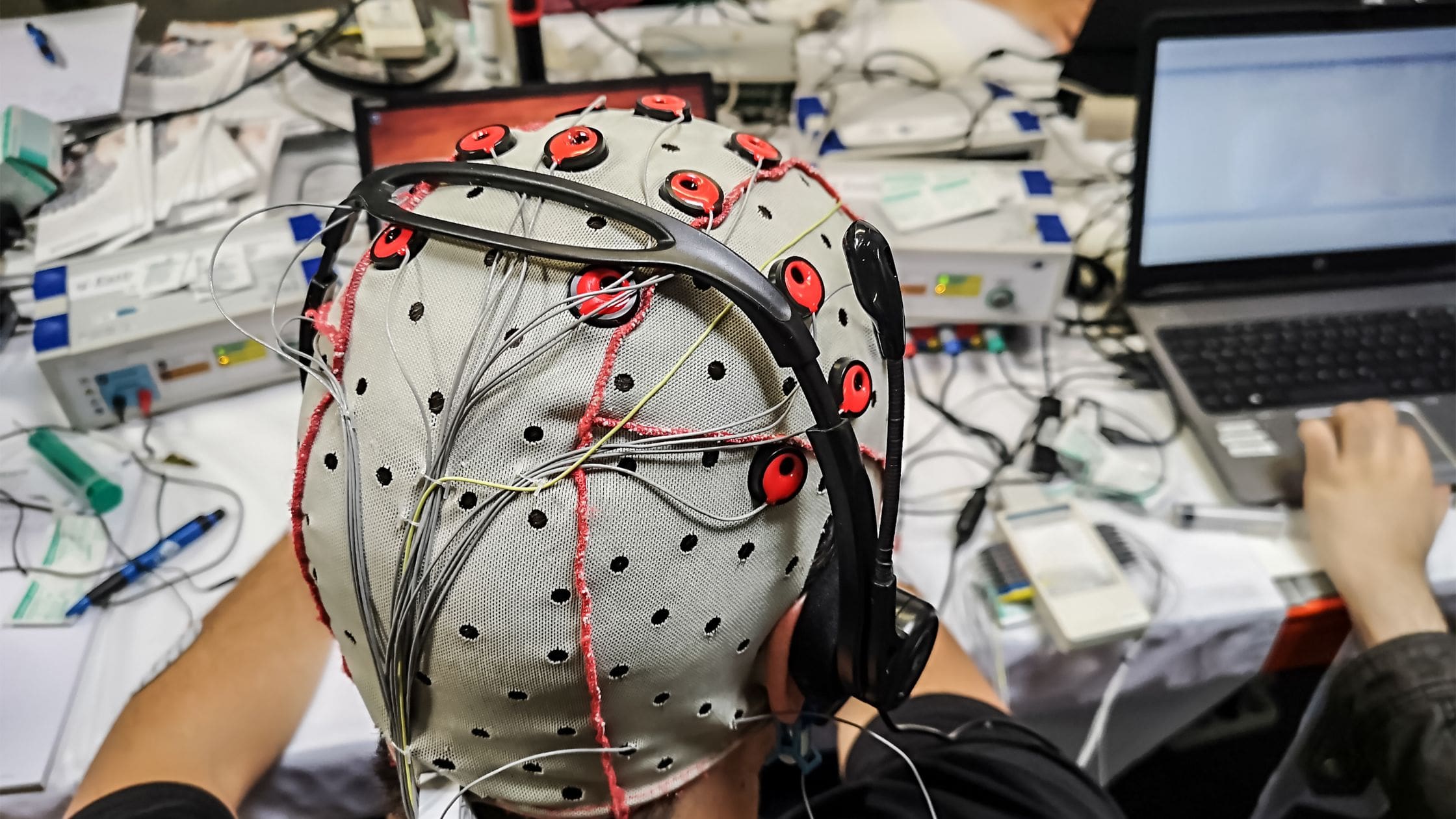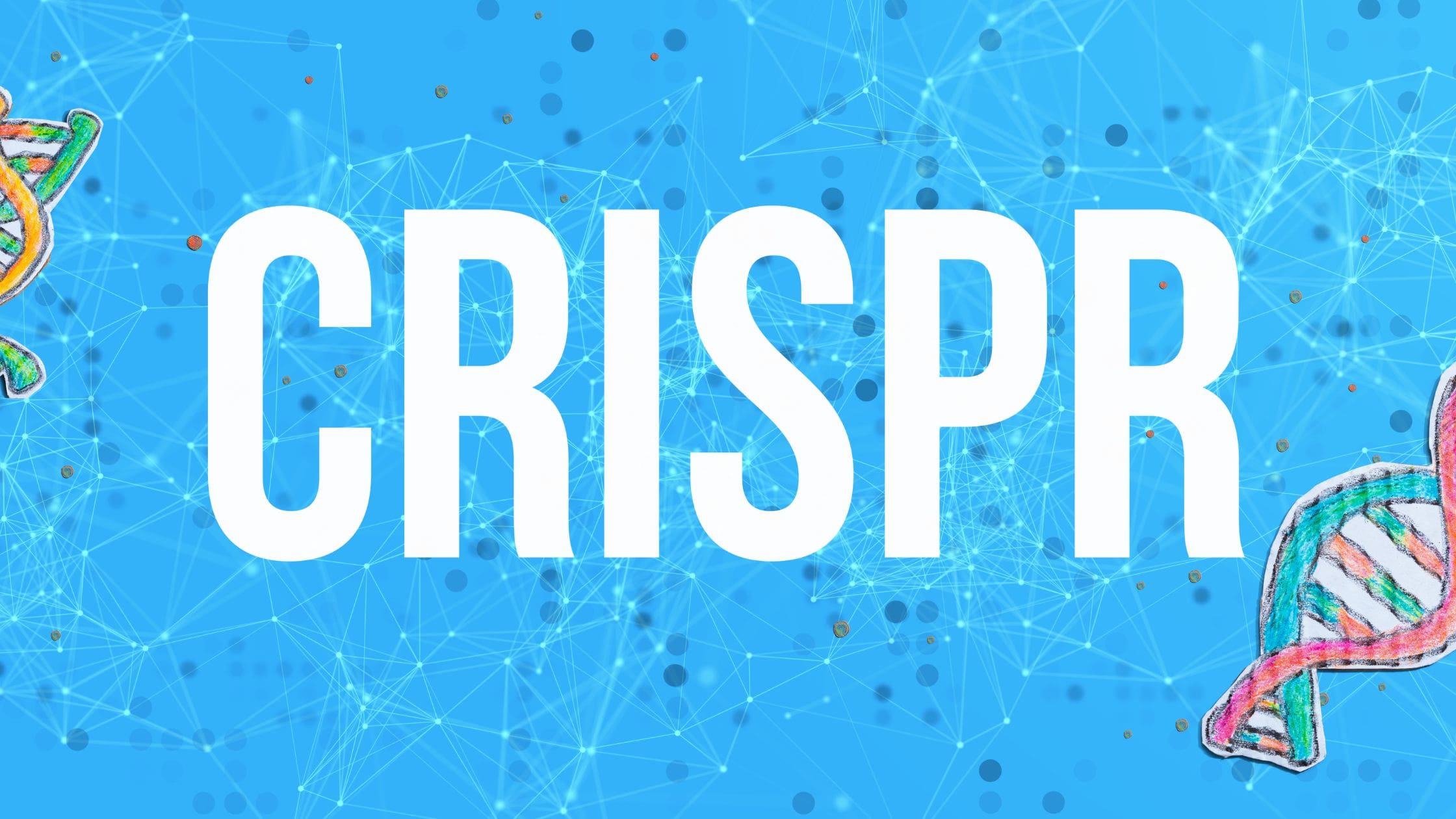Locked-in syndrome describes someone that is trapped in their own body. This cruel fate stems from injuries, strokes or some other type of disease. These individuals are paralyzed and have no way to communicate. They cannot move their mouth or extremities.
Scientists have recently found a ground-breaking new way for individuals with these severe disabilities to communicate. Using brain neurons, scientists have used artificial computer intelligence to study the neuron patterns created as the injured individual attempted (or imagined) to write letters with their hand.
Their paralysis keeps them from doing so, but the brain still remembers the signals it would have sent to the hand to make the motion necessary to write a letter.
The motor cortex of a person’s brain includes an electrode array that records the individual neurons necessary to make an able-bodied person move their hand and write sentences.
The end result is someone locked-in can communicate without the need for speech or body movement, freeing them from the terrible angst of having no way to convey their thoughts and feelings trapped in their still-functioning brain.
Brain-computer technology is also used to help people point at letters on a screen, but that has proven difficult and slow.
Stanford doctor Francis Willett told Science Focus, “This new handwriting approach doubles the speed at which a person with paralysis can use a brain-computer interface to type text. Using this system, our participant could type at 18 words per minute, which is comparable to normal handwriting speeds, or typing on a smartphone if you are in his age group (65).”
Using this technology, the participant in the Stanford study produced 90 characters per minute, twice as fast as the previous record for brain-computer interface.
This is thought-powered communication. The challenge of locked-in syndrome is that the brain continues to function and remembers the signals it sends to the body to move. The proprietary element of this recently discovered technology is that no one had produced this much research on how the brain remembers handwriting movements.
The participant in the study was 65 years old with a spinal cord injury that had left him paralyzed from the neck down. The man essentially imagines handwriting, and the computer has enough artificial intelligence to discern what he is attempting to write.
Willett writes in his abstract about BCI, “With this BCI, our study participant, whose hand was paralysed from spinal cord injury, achieved typing speeds of 90 characters per minute with 94.1% raw accuracy online, and greater than 99% accuracy offline with a general-purpose autocorrect. To our knowledge, these typing speeds exceed those reported for any other BCI.”
Before this research, a major portion of BCI research focused solely on helping an individual regain motor skills by reaching, feeling or grasping for something that points and clicks or types via cursor.
This research is a victory of a unique collaboration called BrainGate between Brown University, Massachusetts General Hospital, Harvard Medical School, the Providence V.A. Medical Center, Stanford University and Case Western Reserve University.
The system is so fast because each letter engenders a highly distinctive activity pattern. Ergo, an artificial intelligence tool, has little issue distinguishing one letter from another.
Tiny electrodes recording signals from the brain give someone who was previously unable to communicate with the world, an opportunity to fully embrace human communication, which is so vital and so missed when it is gone.
Scientists implanted a sensor that was able to record the signals from the electrodes and impart them to the outside world. Not only does communication become possible again, but it moves much faster than any other solution has produced thus far.




